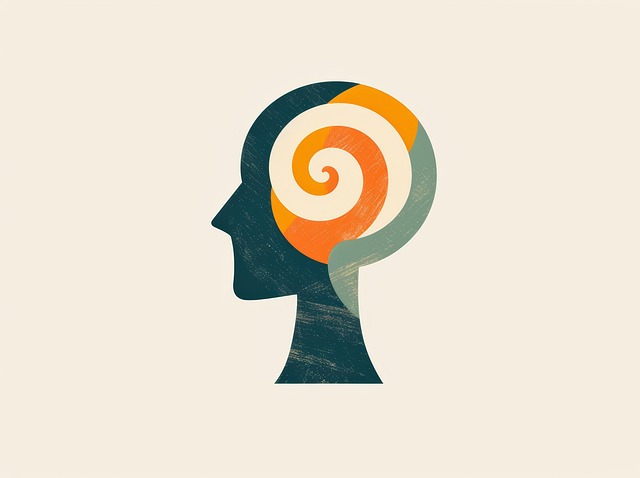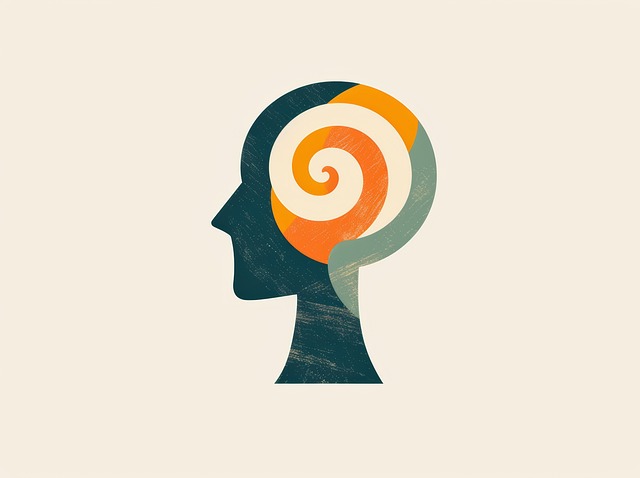Positive thinking is a crucial tool for children's well-being, boosting resilience, emotional stability, and optimism by viewing challenges as growth opportunities. Techniques like mindfulness and cognitive reframing, inspired by therapies like Somatic Experiencing (SE), teach stress management and emotional regulation. SE, known for its success in promoting positive thinking and emotional health, emphasizes the mind-body connection through safe reprocessing of traumatic events using guided imagery and body scanning. Integrating SE into educational or community programs equips individuals with burnout prevention tools and breaks negative thought cycles. Research shows that these practices enhance mood management, reduce symptoms of depression among anxious youth, and have potential for preventing mental health issues early on.
Positive thinking exercises are transforming the way we approach children’s well-being. This article explores the profound impact of positive thinking on young minds, highlighting its potential as a therapy for children. We delve into Somatic Experiencing, a powerful tool that combines body and mind, to promote positive thinking in kids. Through practical implementation guides and inspiring case studies, discover how these exercises are changing lives, offering new hope and resilience for our future generations.
- Understanding Positive Thinking and Its Impact on Children's Well-being
- The Role of Somatic Experiencing in Promoting Positive Thinking
- Practical Implementation of Positive Thinking Exercises for Kids
- Case Studies: Success Stories of Positive Thinking Therapy in Children
Understanding Positive Thinking and Its Impact on Children's Well-being

Positive thinking is a powerful tool that can significantly shape a child’s overall well-being and development. When children cultivate positive thoughts, they develop a more optimistic outlook on life, fostering resilience and emotional stability. This mental practice encourages them to view challenges as opportunities for growth rather than insurmountable obstacles, thereby enhancing their problem-solving abilities. Research has shown that a positive mindset can reduce stress levels in children, improve academic performance, and boost self-esteem, all of which are essential aspects of healthy development.
By incorporating positive thinking exercises into their daily routines, children learn effective stress reduction methods, such as mindfulness and cognitive reframing. These practices, inspired by therapeutic techniques like Somatic Experiencing, help them manage their emotions and maintain a sense of calm. Furthermore, positive thinking can serve as an excellent foundation for building confidence and improving mood management skills, ensuring that children grow up with the mental tools needed to navigate life’s ups and downs successfully.
The Role of Somatic Experiencing in Promoting Positive Thinking

Somatic Experiencing (SE) is a therapy that has gained recognition for its effectiveness in promoting positive thinking and emotional well-being, especially among children. This approach goes beyond traditional talk therapy by focusing on the connection between the mind and body. SE helps individuals process traumatic or stressful events by encouraging them to re-experience and release held tensions and memories in a safe and controlled manner. Through various techniques, such as guided imagery and body scanning, children can learn to identify and manage their physical responses to stress, fostering a deeper understanding of their emotions.
By integrating SE into educational settings or community programs, especially those focused on Stress Management Workshops Organization, participants gain valuable tools for burnout prevention. This therapy empowers individuals to develop resilience by breaking the cycle of negative thought patterns associated with trauma or chronic stress. The practice of Somatic Experiencing can thus enhance overall positive thinking, enabling children and adults alike to navigate challenging situations with greater emotional agility and a heightened sense of self-awareness.
Practical Implementation of Positive Thinking Exercises for Kids

Implementing positive thinking exercises for children can be a powerful tool in their emotional and mental development. These practices are especially beneficial when integrated into educational settings or community outreach program implementations. Start with simple activities like gratitude journals, where kids can reflect on and write down three things they’re thankful for each day. This exercise not only promotes positivity but also fosters mindfulness, helping children become more aware of their thoughts and emotions.
For older children, consider incorporating techniques from Somatic Experiencing therapy to enhance mood management and stress management workshops. These practices involve body-oriented exercises that help kids connect with their physical sensations and regulate their responses to stressful situations. By combining these strategies with positive affirmations and discussions, educators and parents can create a supportive environment that encourages resilience and emotional intelligence in children.
Case Studies: Success Stories of Positive Thinking Therapy in Children

In recent years, positive thinking exercises have emerged as powerful tools in the field of mental health therapy, particularly for children. Case studies and research highlight the effectiveness of techniques such as Somatic Experiencing in enhancing emotional well-being and resilience among youth. This approach focuses on helping individuals understand and manage their physical sensations, emotions, and thoughts to cultivate a more positive mindset. For instance, a study published in the Journal of Clinical Psychology (2021) demonstrated that children with anxiety disorders who underwent Somatic Experiencing therapy experienced significant improvements in mood management and reduced symptoms of depression.
The success stories from these case studies offer valuable insights into the potential of positive thinking therapy for preventing burnout, especially among healthcare providers working with children. By incorporating practices that encourage mindfulness and emotional awareness, young patients can develop effective coping mechanisms to navigate life’s challenges. This is crucial in fostering mental health and preventing issues like depression and anxiety at an early age, thereby setting a foundation for overall well-being and a brighter future.
The implementation of positive thinking exercises, complemented by therapy techniques like Somatic Experiencing, has proven to be a powerful tool in enhancing children’s well-being. By understanding and cultivating positive thinking, we can create a supportive environment that fosters resilience and emotional growth. Practical strategies outlined in this article offer accessible ways to integrate these practices into daily routines, while case studies highlight the transformative potential for kids. Embracing these approaches can lead to healthier, happier, and more resilient children, setting them up for success in all aspects of life.














